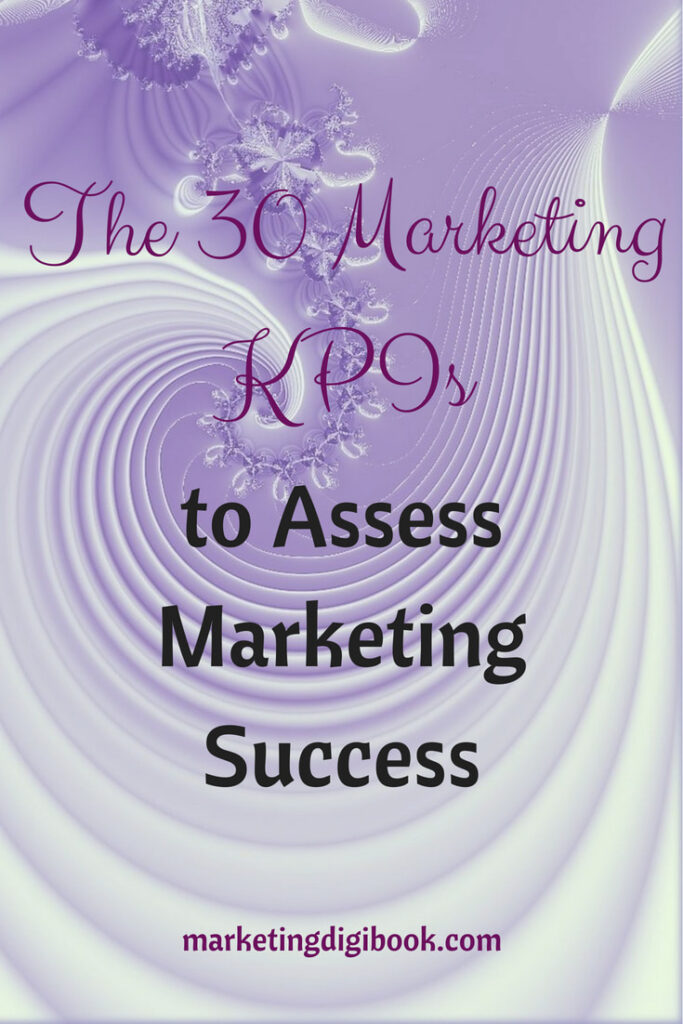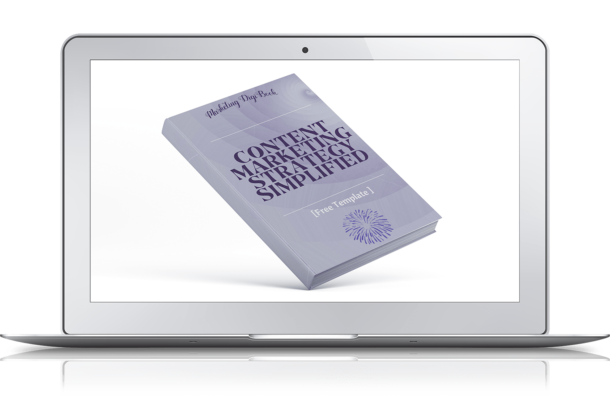Producing engaging, valuable, qualitative, and diverse content for your online business is an ever-challenging task. However, it is not enough if you aim to produce buzz among online users around the world. You must have in-depth knowledge of what engages your audience the most and what drives it away, which are the key performance areas of marketing activities in general and content strategy in particular. In other words, the relevant marketing and content strategy KPIs.
The key performance indicators will show you if your posts, articles, or videos are effective for your content marketing goals.
Let’s Make Your SEO & Content Work Better for Your Business
What Is the Definition of Marketing KPIs?
Any marketing book that respects itself reveals that companies follow metrics to make sure their business goals are reached and to track their progress. They adjust their marketing activity according to the data registered over a month, a quarter, or a year.
Experts and specialists put metrics in categories such as:
· Reach
· Consumption
· Audience Engagement
· Retention
· Lead
· Revenue
· Costs
Others prefer to group them into:
· Conversion
· Social Media Engagement
· User Engagement KPIs
According to the partition based on the sales funnel, there are:
· Top of the funnel (TOFU)
· Middle of the funnel (MOFU)
· Bottom of the funnel indicators (BOFU)
It is of utmost importance to take into consideration the signals conveyed by the metrics.
Why Is It So Important to Focus on Content Strategy KPIs?
It is a no-brainer mistake not to measure your efforts. You will end up investing money in a piece of information that your customers and readers are not interested in.
At first, it may seem difficult to quantify the impact of words and images. But, as you gain experience, you will find this analysis less daunting.
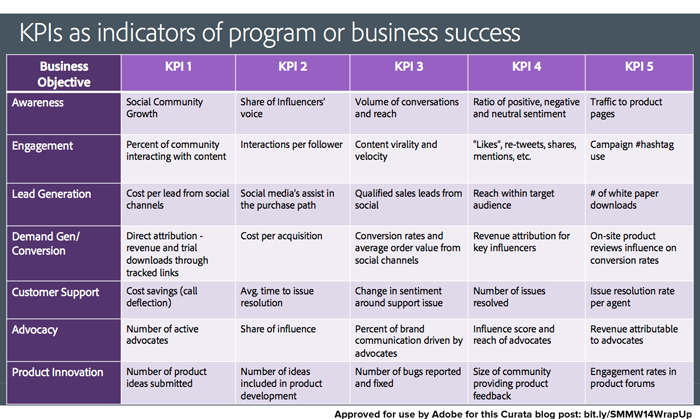
What Can You Include on Your Marketing and Content Strategy KPIs List? What Are the KPIs for Content Strategy?
There are many methods to establish the success of your online marketing strategy. Some of them are widely used while others are applied only by connoisseurs.
The metrics out there give you a picture of the number of people who consume and share your work. You also have the possibility to find out how it influences your sales and business. Even the team’s effectiveness is easy to assess.
To perform a correct analysis, establish what you want to track and then find your suitable key performance indicators for content management.
The most useful metrics for measuring content marketing success, according to studies are:
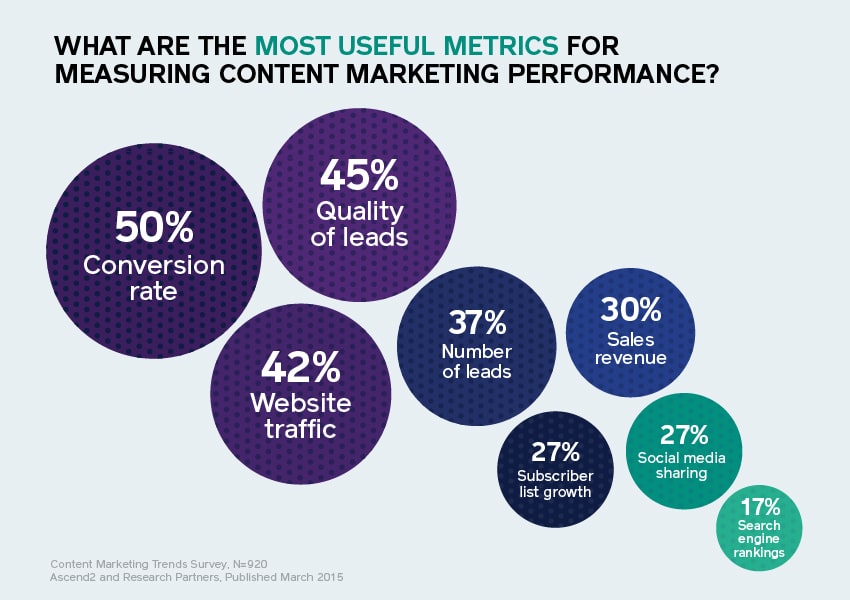
Here are examples of the most used marketing metrics worth considering:
1. Content Strategy KPI: Unique Visitors to Your Website
This indicator provides information on how many users have accessed your site within a certain time frame. Most marketers go for the thirty-day window. It does not mean you must do the same.
You can check the daily or weekly visits. What matters is to identify the elements which have driven these individuals to your page.
2. Content Strategy KPI: Bounce Rates and Time Spent on the Website
It is one thing to generate traffic and another issue to retain your viewers’ attention. A high bounce rate indicates that you failed to fulfill the visitors’ expectations. It means that the clicking promise is not correlated with the texts and the images.
When people spend only a few seconds studying your work, it is an obvious sign you need to improve the approach.
Hundreds of visitors per day mean nothing unless they take a look at your offer or skim through your five thousand-word articles.
3. Content Strategy KPIs: Exit Pages
These are the ones that visitors explore before dropping off from a website. Digital marketing beginners tend to confuse this metric with the bounce rate.
Its values are more important for online shops as customers have to navigate through several pages before making the final acquisition.
A significant exit rate on a page that was not designed for this purpose denotes problems such as:
· too much data presented in an impersonal voice
· jumbled information
· no call to action
Google Analytics provides you a useful insight into your top exit pages.
4. Content Strategy KPIs: Page Views
Website owners are so focused on getting new visitors that they forget about page views. A high value of these indicators shows useful and meaningful content and a valid content creation process.
Users like it so much that they even return to the website to re-read the information or to check up on the updates, these are returning visitors. The percentage of those who come back to your site represents the return rate.
You need to consider it to understand your target audience’s needs and desires.
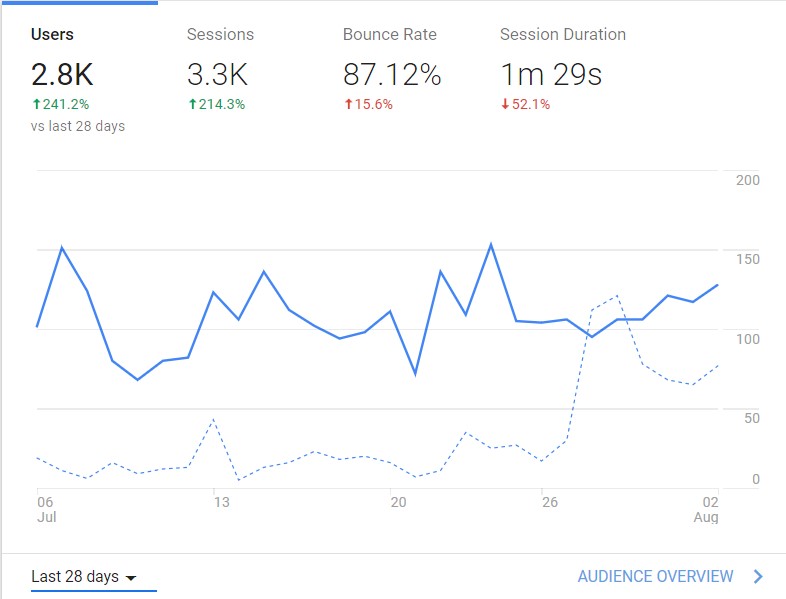
5. Scroll Depth
With its help, you detect the exact point on the page where the audience drops off. Quick abandonment signals difficult-to-read or uninteresting texts.
Specialists measure this performance indicator with a plugin named Scroll Depth Google Analytics. You must install it because it is not an Analytics built-in feature.
6. Content Marketing KPIs: The Number of Downloads
When people make an additional effort to get your content, it means you have stirred their interest.
Modern individuals are always in a hurry. Plus, they have countless opportunities to choose from. Determining them to fill out a form or answer additional questions is proof of your marketing skills.
7. Visitors’ Location
It is helpful for your budget to identify the regions where your creations are most popular.
Let’s imagine your target audience comprises women who live in the USA. However, Google Analytics shows you that women in Western Europe engage more often with your business. You have two alternatives:
· tailor your content to suit the US readers
or
· concentrate a part of your efforts on the Europe-based visitors
Every aspect matters if you want to thrive in the nowadays competitive environment.
8. Devices Used by the Audience
Statistics point out that more and more individuals are using mobile gadgets to access the internet. Therefore, all your content has to run smoothly on all.
Users abandon websites when they encounter navigation problems. Plus, nobody likes struggling with tiny pictures while trying to buy something online.
9. Marketing KPIs: The Website’s Traffic Sources
The traffic you get may come from:
· organic search
· paid search
· direct traffic – people use the name of your website to reach it
· social media platforms
· referrals – links on other websites
· email marketing activities
· others
If you analyze them, you will understand which are the most and the least performing sources for you. You may opt for improving your search engine optimization strategy or starting a new ads campaign.
Do not forget that Google Analytics allows you to set up traffic codes. They are helpful to quantify the traffic that arrives from different channels.
Always check the number of links that lead to your website. Most individuals will refer to your site when they consider you an authority in the niche or industry.
This will bring you search engine optimization benefits. Plus, you will gain additional visibility.
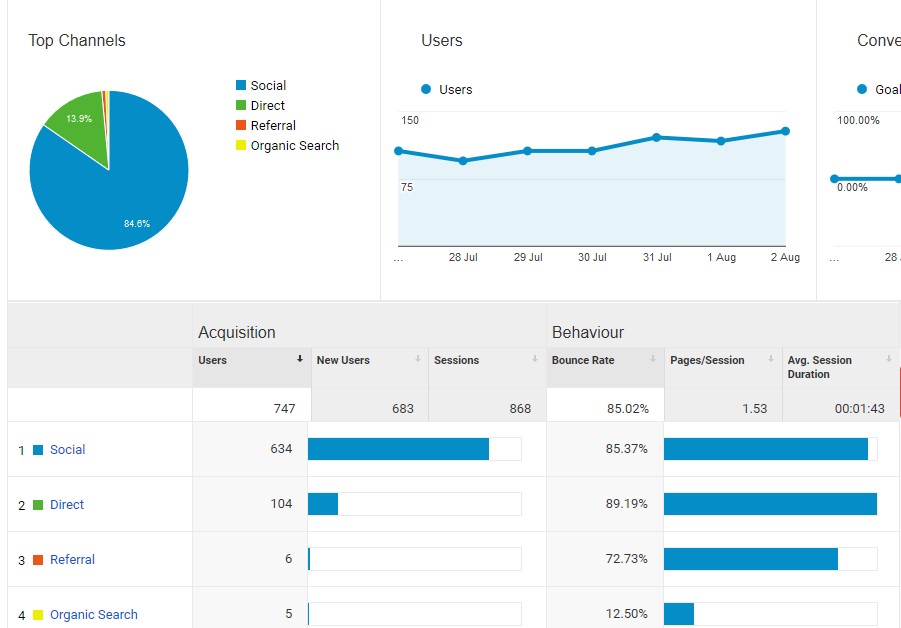
10. Marketing KPIs: Shares on Social Media Platforms
Social Media Platforms have proved how powerful they are when it comes to getting a reaction from their users. Thus, it is not advisable to ignore the type of content people enjoy sharing with others.
Keep in mind that each platform has its own characteristics. Thus, long texts might not be effective on one designed for visuals and vice versa.
There is a huge variety of tools you can employ to assess your social media posts impact. Lots of them are free and intuitive. Marketers appreciate:
· Hootsuite, which comes in handy when you own accounts on different platforms.
· Buzzsumo, perfect for keeping an eye on your Facebook pages.
· Twazzup in case you are a beginner and want to monitor your Twitter activity.
· HowSociable which allows you to quantify your competitors’ visibility.
Despite the numerous tools, you cannot identify the exact number of users who saw your posts. Unfortunately, lots of them are not observed by account holders.
To get a clearer picture, include links in posts. The total sum of clicks may serve as an indicator of your social media consumption.
11. Appreciations from the Social Media Environment
Although likes are less influential than shares, they possess a certain amount of power. Appreciations boost organic increase and show that your texts, pictures, and videos are captivating and original.
12. Visitors’ Comments
This is one of the most significant marketing KPIs for 2018. People who write in the comments section are engaged. Your content has triggered a reaction, a desire to take part in a conversation, or to ask more questions.
Of course, not everybody will leave positive feedback. The negative ones are constructive because they enable you to adjust errors and design a better promotion plan.
Do not ignore, delete or hide opinions that are different from yours. Be professional and find a diplomatic answer. Acknowledge mistakes and do your best to fix them.

Source: Shane Barker
13. Marketing KPIs: Consumers’ Reviews
This is an undeniable fact that customers are prone to listen to other consumers’ opinions rather than to your voice. A high percentage of online buyers base their purchasing decisions on reviews and friends’ recommendations.
You should not underestimate their convincing power. Studies revealed that 50+ positive opinions per product can increase the conversion rate by almost 5%.
The most effective tools to track reviews include TrustPilot and BirdEye.
14. The Number of Followers
You will know that you have valuable content when individuals start following your activity on a regular basis.
15. Email Metrics
Email marketing is not obsolete as many are tempted to consider it. In fact, it establishes a more personal relationship with your customers or readers. Not to mention that “the money is on the list”. People registered on your mailing list have the highest chance to become your customers.
In addition, you send your offer to targeted persons who agreed to receive more data about your business.
Setting up and launching a campaign is not enough. To scale its success, you should follow metrics like:
· the opening ratio – it reveals the attractiveness of the email subject
· click-through rate values – it shows how many individuals browsed the email and considered it pertinent to their needs
· the number of forwarding actions – people distribute captivating content which resonates with their interests
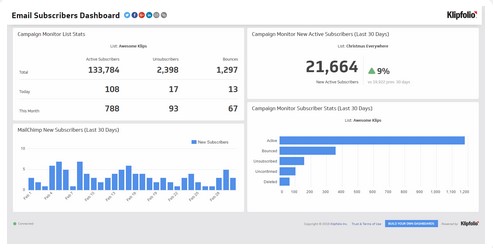
16. Mass Media Coverage
No matter how small or large your company is, you ought to be alert about media mentions. Praise may bring new business opportunities while negative feedback helps you correct strategy slips.
Brand awareness is paramount for brands and individuals alike. Gaining the customers’ trust is a tough process. On the other hand, a minor inadvertence may shatter your credibility.
17. Heat Maps to Depict Users’ Preferences
Their function is to indicate the areas of a page that are the most attractive for the viewers. This is very useful when you decide to change the aspect of your website or online shop.
18. Click Patterns
They show you what is relevant to your target audience. Thus, you can adjust your work based on these content marketing data points.
Google Analytics offers you the necessary tools to perform this research.
19. Marketing KPIs: Conversion Rate
This performance indicator sums up the number of visitors who have taken and finished an action on your website.
It is not complicated to calculate it. You need the following easy-to-apply formula.
CV = (conversions/total website visitors) * 100%
Example:
Rebecca sells her handmade bags via an online shop. Let us assume that it was reached by 2000 visitors last month. Out of these, 100 purchased one of her products. Thus, her conversion rate is equal to 5%.
When the conversation rate is low, you’d better start to enhance it.
Social platforms have their own tools which you can use to monitor conversions. Google Analytics delivers data for websites.
20. Soft Conversions
These occur when people give you their contact details but do not purchase your products. They may turn them from potential to real customers as long as your content is enticing.
21. Marketing KPIs: The Number of Leads, CPL, and ACV
One of your marketing goals might be to attract more leads. In this case, you ought to know how many potential customers value your activity.
It is not rocket science to measure the number of leads. A count of the individuals who offered their contact details in exchange for an eBook is enough.
To make sure you invest your resources wisely, use your marketing KPI dashboard to establish the correlation between your cost per lead and return on investment.
Another element that reveals the success of your online content marketing campaign is the ACV or the annual contract value. It points out the number of finished actions because of your crafted content.
22. ROI and ROAS
Return on Investment is useful to identify the key performance areas of marketing. Thus, you get a better understanding of where to place your money.
ROAS is the abbreviation for Return on Ad Spend. It gives you a hint of how much you must spend on advertising to get a profit.
23. CPC or Cost per Click
This indicator enters the scene when you spread the word about your offer through online paid advertising. Careful monitoring is necessary to detect the ads which generate the highest ROI and to continuously improve the output of your ads campaigns.
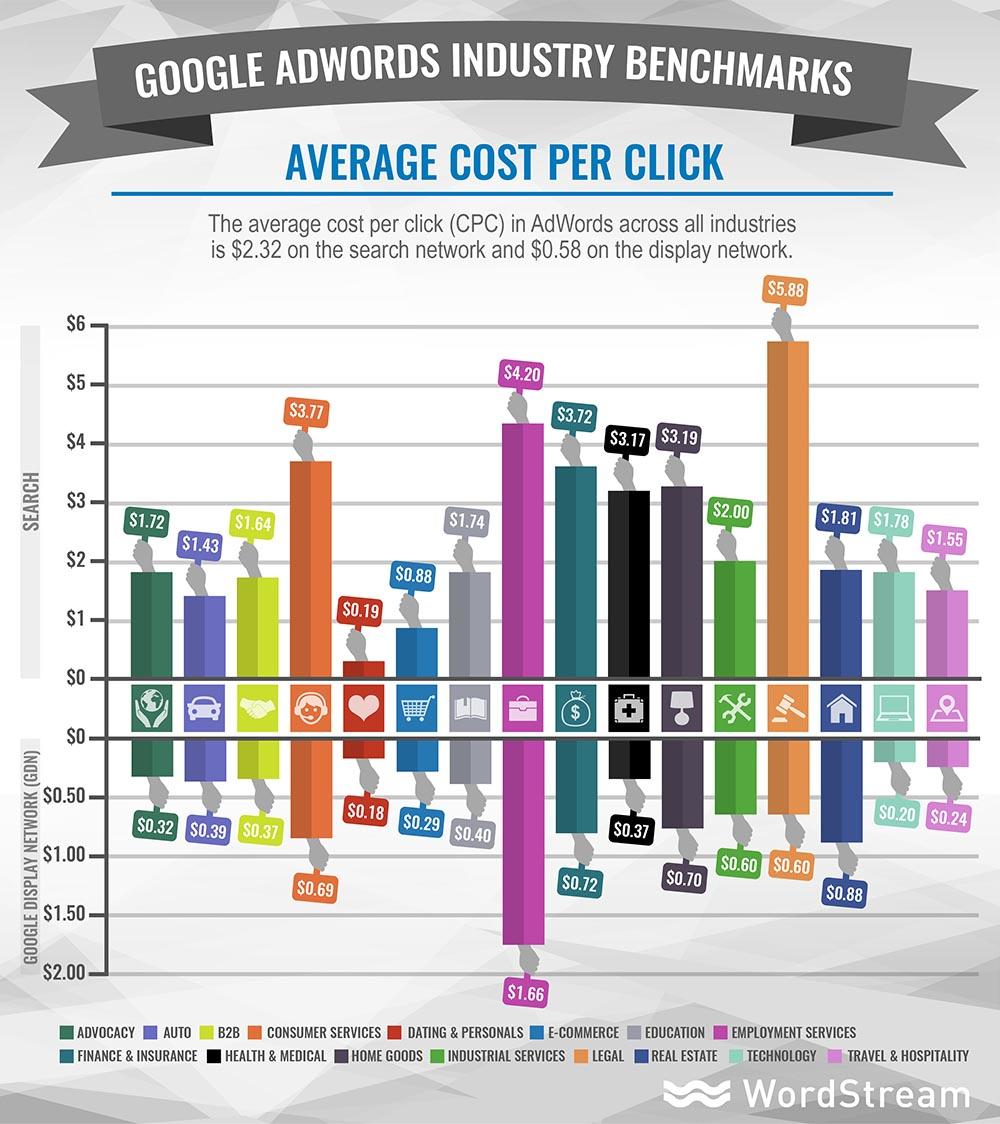
24. CPA or Cost per Acquisition
Bringing in new customers requires additional funds. These are mirrored by CPA. Lots of businesses use this KPI to establish the plan for their advertising campaigns.
To calculate it, you must divide the total marketing costs by the total number of acquired customers.
25. The Average Order Value
You cannot determine people to buy from you unless you are ready to flow in some cash.
AOV shows you the funds you consume whenever a person purchases something from you.
Businesses prefer to boost the average order value rather than the conversion rate. They adopt this approach because drawing in other clients is quite a laborious task. On the other hand, convincing loyal customers to buy is less difficult.
26. Lifetime Value
According to the marketing dictionary, lifetime value represents the profit you get from one customer.
Companies use it to forecast their future revenue. It is helpful to estimate how much profit you need to make to cover the advertising costs.
27. Customer Retention
It reflects a company’s ability to hold its profitable clients for months or years. Loyal buyers are more likely to accept new services or a range of goods. Consequently, you should dedicate some of your efforts to tailoring loyalty programs.
The churn rate indicates how satisfied customers are. In this case, a high value hints at troubles.
Check here some tips from a renowned expert in customer retention:
28. Search Engines Ranking
Several years ago, everybody was going through lots of pain to get a top-ranking position. Nowadays, marketers focus less on this aim. There are other aspects to consider such as ad space or personalized search.
29. Organic Website Traffic
This is one of the key content marketing metrics for any online business. Organic traffic is earned not paid for and therefore is more precious. Pages, which attract users naturally, are a real asset to your business.
You may always rely on Google Analytics to do the tracking job well.
30. Organic Click Through Rate
CTR points out the frequency with which people who see your content click on it. It has low values when there are lots of impressions but only a few clicks. A high CTR correlated with poor impressions alerts you that it is about time to get involved in optimization activities.
Once you understand the visitors’ behavior on your website and what attracts them to it, you are ready to build up a precise content marketing strategy. Armed with a marketing KPIs list you will know where to focus your efforts to get maximum exposure and increase conversions.
